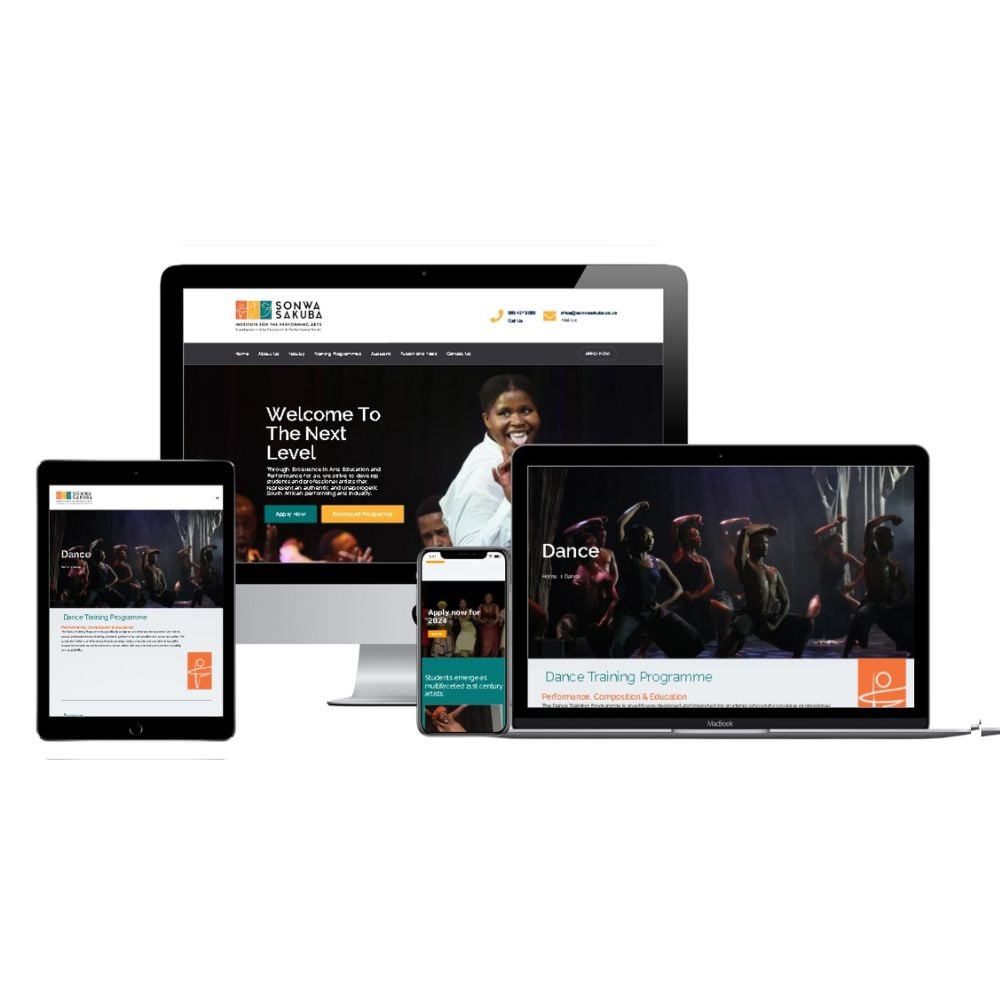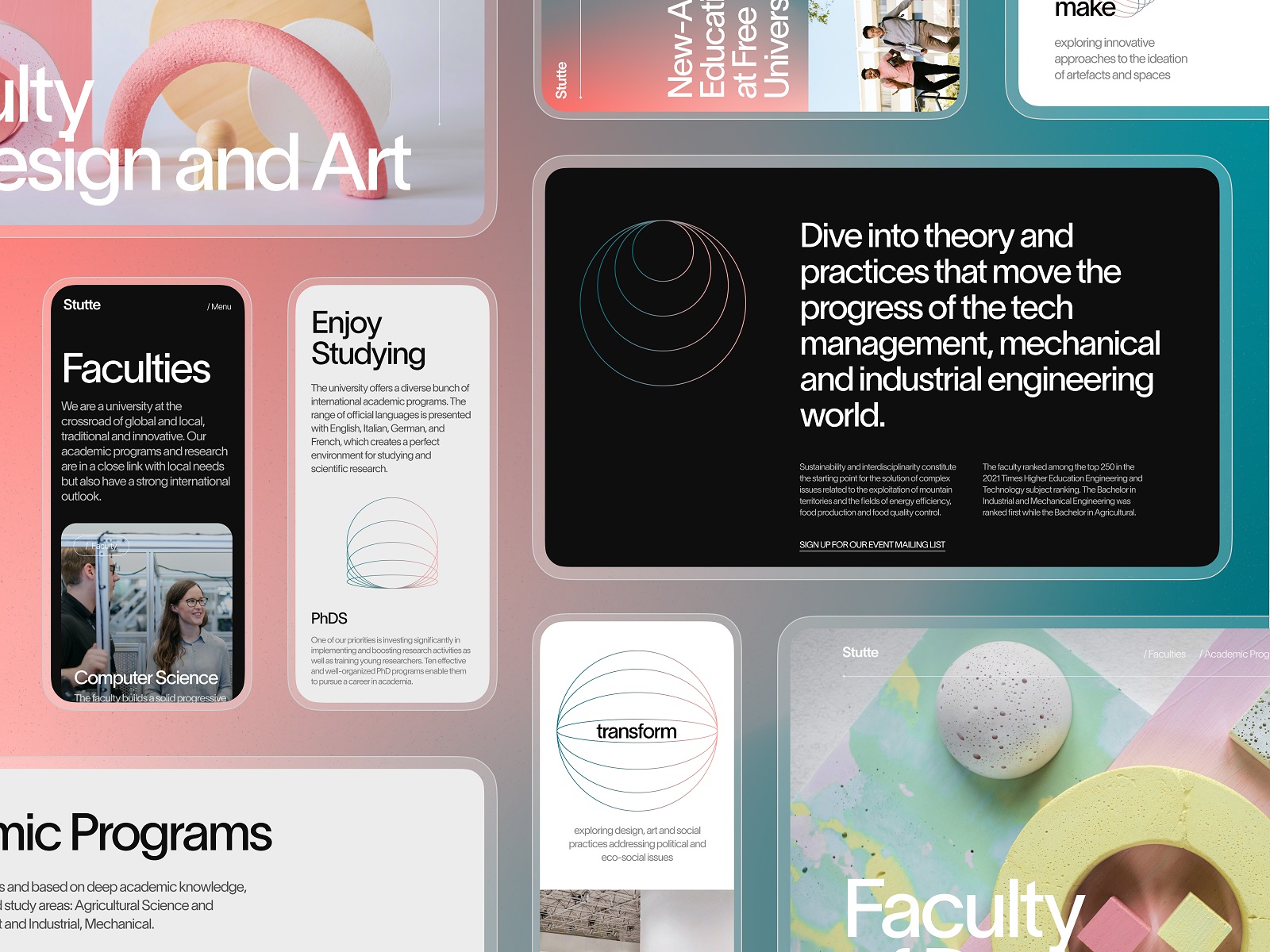How Website Design in copyright Helps Boost Your Online Visibility
How Website Design in copyright Helps Boost Your Online Visibility
Blog Article
Achieve Online Success With User-Friendly Website Style
In the significantly competitive digital landscape, the style of a website can be a pivotal aspect in determining a company's success. Straightforward design not just enhances the total individual experience yet likewise affects vital metrics such as retention, conversion, and involvement prices.
Value of Individual Experience
Individual experience (UX) plays a pivotal role in the success of a site, as it straight affects user fulfillment and involvement. A positive UX makes certain that site visitors can browse the site easily, gain access to information swiftly, and total desired actions, such as making an acquisition or signing up for an e-newsletter, without irritation.
In a digital landscape where competitors is intense, a site that focuses on UX can substantially enhance brand loyalty and retention. Customers are more probable to go back to a website that offers a smooth experience, creating a cycle of repeat visits and increased consumer life time value. In addition, reliable UX layout can lower bounce prices, as individuals are much less likely to leave a website that meets their demands effectively.
In addition, online search engine significantly consider customer experience factors when ranking internet sites. Components such as web page load rate, mobile-friendliness, and user-friendly navigation can influence a website's visibility in search results. By concentrating on UX, companies not only enhance consumer communications yet additionally improve their online existence and trustworthiness. Hence, spending in customer experience is essential for attaining long-lasting success in the digital market.
Secret Principles of User-Friendly Style
A successful easy to use layout hinges on several key concepts that improve use and availability. Most importantly is simpleness; a clutter-free user interface makes it possible for customers to navigate effortlessly, lowering cognitive tons. This principle emphasizes the importance of clear and succinct material, enabling individuals to discover info quickly without unneeded distractions.
Consistency is an additional vital component. Consistent use formats, shades, and fonts fosters familiarity and builds trust. Customers should feel comfortable as they discover various areas of the website, knowing that similar aspects represent relevant capabilities.
Reliable typography also plays an important duty in easy to use style. Legible font styles, ideal dimensions, and appropriate spacing ensure that content is conveniently legible throughout various tools. Furthermore, integrating user-friendly visual pecking orders aids users recognize crucial information and activities at a glimpse.

Necessary Features for Navigation
Efficient navigating is crucial for any type of easy to use internet site, as it straight influences the general user experience. A well-structured navigating system allows users to locate details promptly and successfully, decreasing stress and boosting involvement.
One important attribute is a clear and instinctive food selection that categorizes content logically - website design copyright. This food selection ought to be easily accessible from every page, frequently positioned at the top or on the side of the site. Additionally, including breadcrumb navigating aids customers comprehend their area within the website hierarchy and makes it simpler to backtrack
Search performance is an additional important part, allowing customers to locate certain useful reference web content without sifting through several web pages. This attribute needs to be plainly displayed and responsive to variations in input.
Additionally, a mobile-responsive design makes certain that navigating remains seamless throughout gadgets. As mobile use remains to climb, menus need to adjust to different display sizes without endangering go to this web-site functionality.
Finally, visual signs such as highlighting the energetic page and using hover effects can boost customer interaction. By integrating these important attributes, site developers can create a navigational experience that is not only user-friendly but also urges exploration and retention.
Accessibility Considerations
Availability factors to consider are important to creating an user-friendly site that satisfies all people, no matter their handicaps or capacities (website design copyright). Internet sites need to be made to make certain that users with aesthetic, acoustic, cognitive, or electric motor problems can involve with content successfully. This begins with adherence to the Internet Material Access Standards (WCAG), which give a framework for making digital content extra accessible
Key techniques consist of using detailed different text for pictures, ensuring color contrast proportions meet ease of access criteria, and providing captions for multimedia elements. Additionally, the navigating needs to be instinctive, permitting users to tab via web links and interactive elements quickly. Carrying out keyboard navigating is essential for those incapable to utilize a mouse.
In addition, succinct and clear language boosts comprehension for individuals with cognitive limitations. Kinds should be simple, with labels and guidelines that are very easy to recognize. Regular accessibility screening, consisting of customer feedback from individuals with handicaps, can help enhance and recognize obstacles usability.
Measuring Layout Success

User feedback surveys and functionality screening are important in analyzing the performance of style elements. These methods allow developers to collect straight input from users, recognizing pain points and areas for renovation. In addition, tracking heatmaps can disclose where users click most frequently, assisting to educate layout modifications and my blog content prioritization.
Analytics tools play a crucial duty in measuring design success by giving data-driven insights. For instance, Google Analytics can track individual actions, disclosing patterns that suggest whether the design is promoting or hindering the individual journey. Ultimately, a successful web site style not just meets service objectives however also fosters a smooth and pleasurable individual experience, driving engagement and loyalty with time. Routinely taking another look at these metrics guarantees that the internet site progresses abreast with individual demands and industry finest techniques.
Final Thought
Prioritizing individual experience through simpleness, user-friendly navigating, and reliable feedback devices not only enhances customer engagement and contentment however additionally cultivates brand name commitment. Integrating important navigation functions and access factors to consider better makes sure that all customers can successfully interact with the site.
Web sites should be created to make certain that users with aesthetic, acoustic, cognitive, or motor disabilities can engage with content successfully.Gauging layout success includes evaluating how efficiently a site fulfills its designated goals while offering a positive customer experience. Google Analytics can track individual actions, revealing patterns that show whether the layout is assisting in or impeding the customer journey. Inevitably, an effective internet site layout not only meets company goals however likewise promotes a pleasurable and smooth customer experience, driving engagement and loyalty over time. Focusing on individual experience through simpleness, user-friendly navigation, and efficient responses devices not just boosts user engagement and fulfillment but likewise cultivates brand name commitment.
Report this page